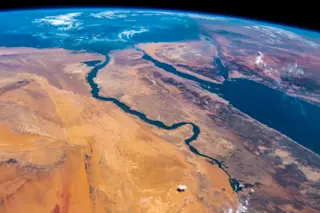Two hikers approaching the Katla volcano and its glacier.Alamy Earlier this summer, Iceland's Katla caused a bit of a buzz when it had a moderate earthquake swarm. At the time, the Icelandic Meteorological Office chalked it up to typical summer seismicity at the ice-capped volcano and added that no tremor (a sure sign of magma moving under a volcano) was noticed. The volcano settled back down with a little bit of increased outflow from the rivers that drain the caldera---likely caused by some release of hydrothermal fluids or gases---and things went back to normal. Yesterday, Katla decided to up the ante. An ongoing earthquake swarm has been rattling the volcano (see below), some reaching as large as M3, but all at fairly shallow depths within a few kilometers of the surface. The IMO continues to say that there are no particular signs of an eruption happening in the near term ...
Earthquake Swarm at Iceland's Katla Volcano Raises Alert Status to Yellow
A Katla volcano earthquake swarm has raised the alert status, prompting closer monitoring for signs of volcanic eruption.
More on Discover
Stay Curious
SubscribeTo The Magazine
Save up to 40% off the cover price when you subscribe to Discover magazine.
Subscribe













